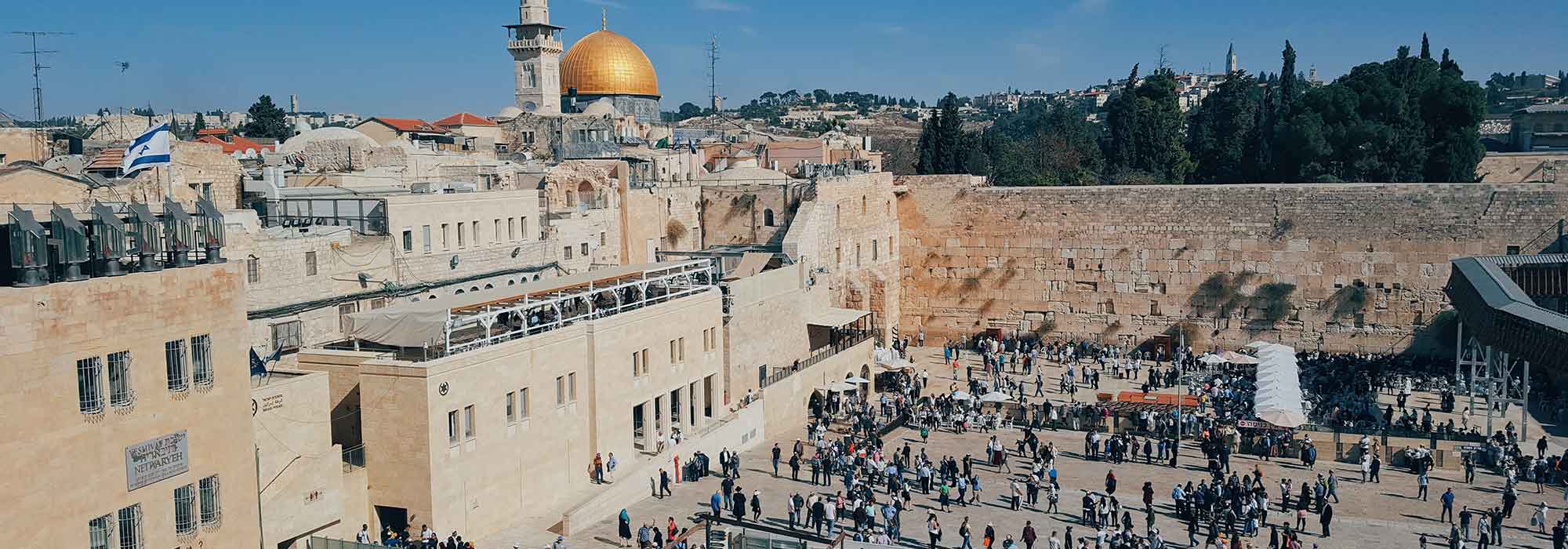Behind the fighting – little known surprises of the Israeli and Palestinian economies
Israel and Hamas are fighting another 10 day or so duel.
It is evident that militarily, Hamas has been crushed. The money pleaded out of the international community to counter the poverty in Gaza was directed to fund miles of underground military tunnels and also 14,000 rockets directed at civilians. Their potency has been heavily damaged.
Politically, Hamas has strengthened itself amongst the Israeli Arab community and in the West Bank, at the direct expense of the antiquated oligarchy of the Palestinian Authority (PA). And these could be the more dominant factors emerging from this latest agony.
As a sidebar, it is worth mentioning that both the PA and Hamas leaders are now vastly wealthy individuals. However, while the former strive for an independent state, the latter in Gaza look to set up a Caliphate, stretching into Syria and beyond.
Meanwhile, from southern Gaza to northern Israel, people are trying to earn some money.
We know that the Israeli economy is at a crossroads. Despite the hopes of Netanyahu’s led Ministry of Finance, the impact of the lockdown in the first quarter of 2021 was very more disasterous than anticipated. GDP dropped 6.5% at an annualised rate. Yet in the same period, Israeli start-ups raised a staggering US$5.4 billion.
What will happen as a result of the fighting? I suspect that the answer is nothing too serious. Why?
- The economy is already on a rebound as lockdown restrictions are gradually being ditched.
- The fighting has not been matched by a large call up of reserves. Thus many have been able to work at least semi-regularly.
- And if you look at the investment news, there are no signs of any change in the flow of cash and Israel’s international credit rating remains stable.
The Palestinian economy is smaller by definition. There are sections that were doing very well until the corona epidemic.
- The number of nights spent by tourists doubled to two million during the decade to the end of 2019.
- Unemployment in the Ramallah area is about 10%, (compared to about 40% in Gaza).
- There are growing numbers of people that have studied at university and are entering hightech. Some have found a way into Israeli companies. Others are creating a local eco-system.
What could put an end to this cautious yet steady growth, particularly in the West Bank?
Critics of Israel be warned, because the answer does not hide in the policies of whatever government is to be formed in Jerusalem. Israelis have a direct interest in this progress. Not just because it cements peace, but he process opens up new markets – services, goods, and trained workers.
So, go back to what I wrote earlier. Up to now, Hamas has not been allowed to set a foot into the West Bank. In May 2021, as Mohammed Abbas slides into his mid 80s and as the Israeli Prime Minister invests all his spare time in saving his political legacy, Hamas has found a new legitimacy for itself in the West Bank.
Those are the background factors which allowed this tragic fighting to flare up again. And that is why the hope for additional Palestinian prosperity is under threat.


0 comments